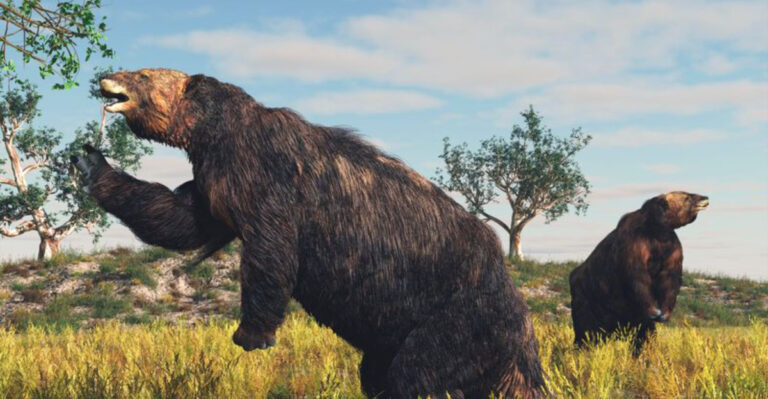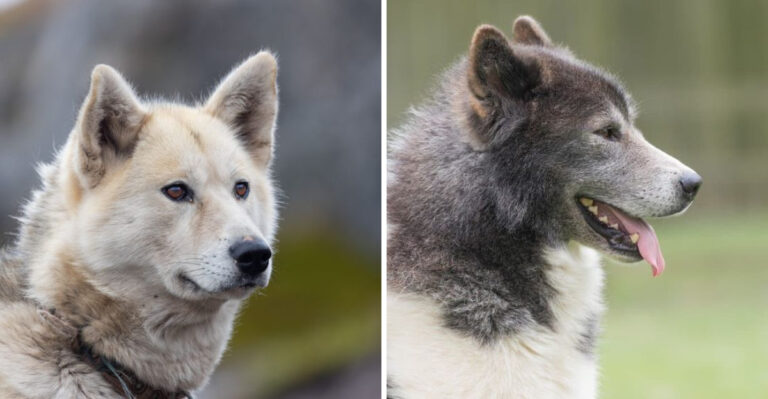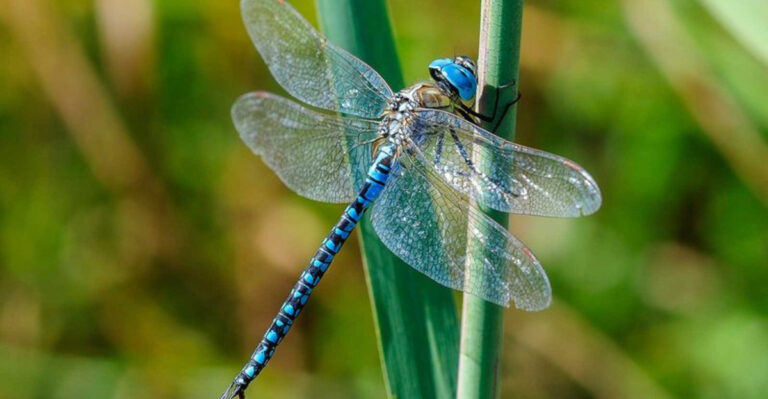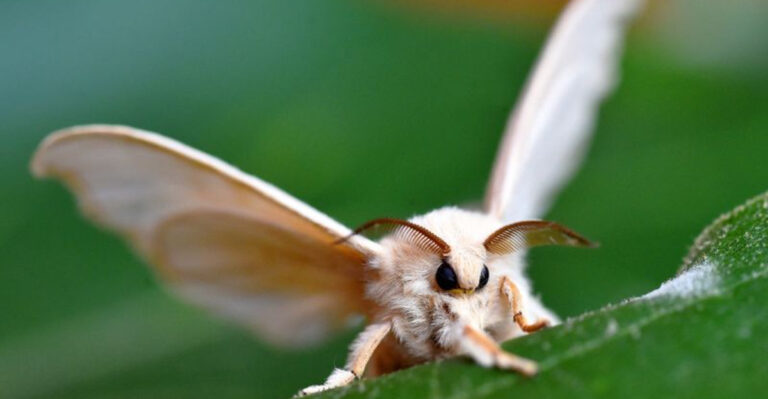15 Amazing Animals Found Only In America’s Great Plains
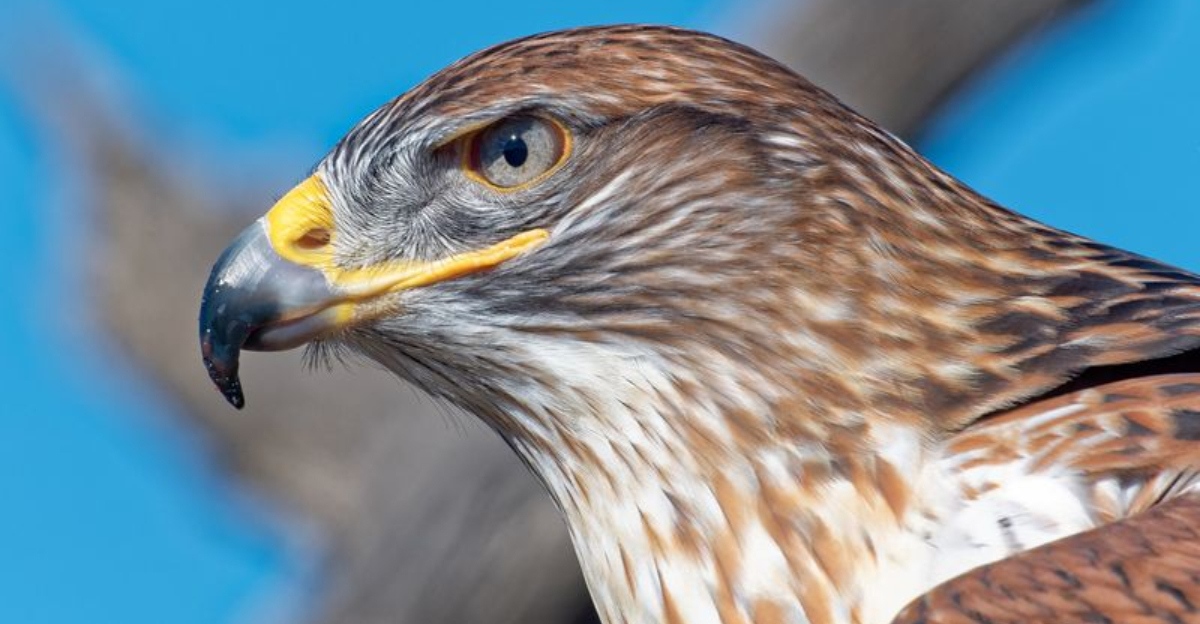
The Great Plains of America stretch across 10 states, creating a vast ecosystem unlike any other on Earth. This sweeping grassland, once home to millions of bison, still harbors unique wildlife specially adapted to its harsh conditions and wide-open spaces.
From tiny prairie dogs to majestic pronghorn, these creatures have evolved fascinating survival strategies found nowhere else in the world.
1. Swift Fox
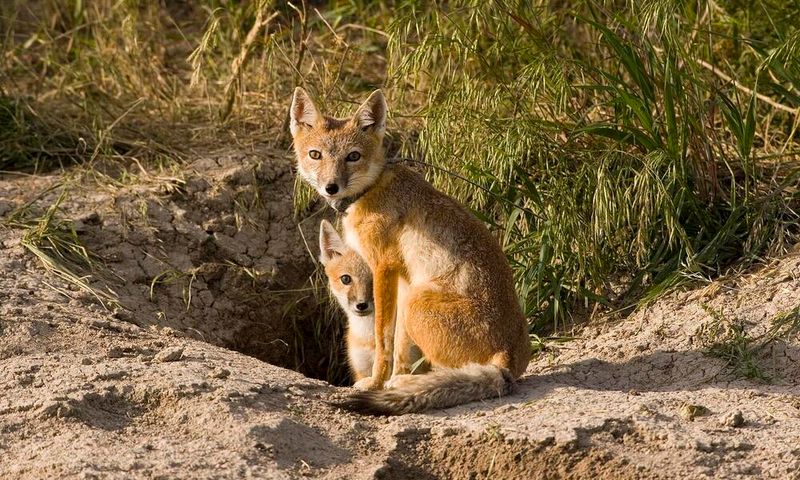
Named for their incredible speed, swift foxes zoom across the prairie at up to 30 mph. These cat-sized canines nearly disappeared in the 1930s but have made a remarkable comeback in recent years.
With large ears that radiate body heat and a sand-colored coat that blends perfectly with dry grass, they’re perfectly designed for plains life. Their dens can have up to 12 different entrances for quick escapes from predators.
2. Black-Footed Ferret

Once thought completely extinct, black-footed ferrets represent one of America’s greatest conservation success stories. In 1981, a ranch dog in Wyoming discovered the last known population, sparking an intensive breeding program.
These masked hunters spend 90% of their lives underground in prairie dog tunnels. Their slender bodies perfectly fit the burrows of their favorite prey. With fewer than 400 left in the wild, each ferret is precious to the Great Plains ecosystem.
3. Prairie Chicken
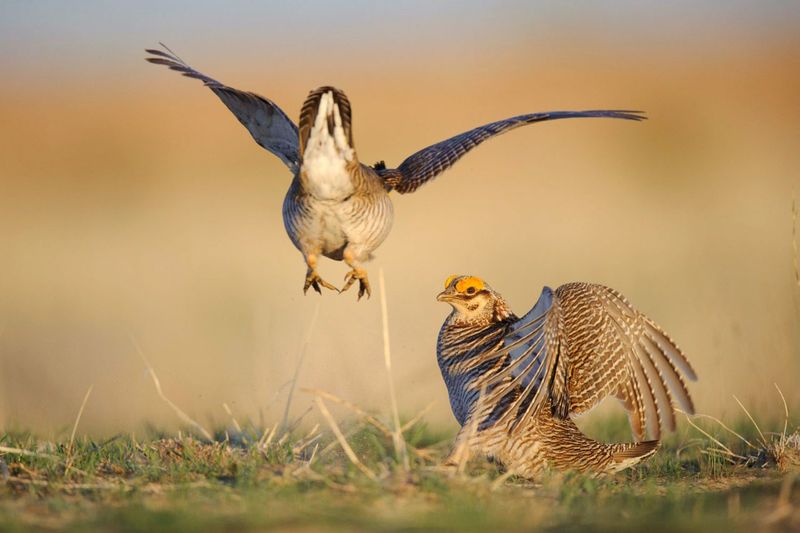
Male prairie chickens perform one of nature’s most spectacular courtship displays. During spring mating season, they inflate bright orange air sacs on their necks, stamp their feet rapidly, and make a haunting booming sound that carries for miles across the plains.
Females watch this performance carefully before choosing the most impressive dancer as their mate. Sadly, these remarkable birds have lost 97% of their historic range as grasslands have been converted to farmland.
4. Burrowing Owl

Unlike most owls, these pint-sized hunters live underground and are active during daylight hours. Standing just 9 inches tall, they move into abandoned prairie dog burrows, decorating entrances with dung to attract insects for easy meals.
When threatened, young burrowing owls mimic a rattlesnake’s buzz to scare off predators. Their comical bobbing motion when alarmed has earned them the nickname “prairie dog owls” among local ranchers.
5. American Bison
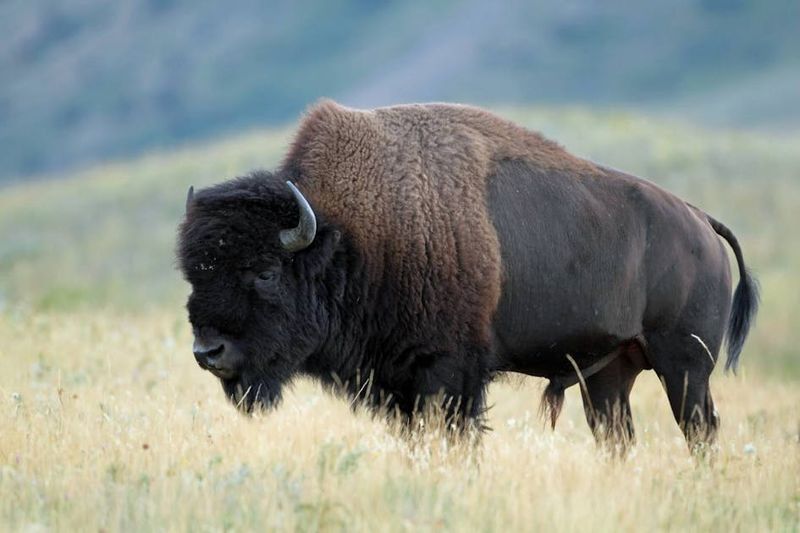
American bison once numbered 60 million, creating herds so vast that early explorers reported taking days to pass through them. These massive animals can weigh up to 2,000 pounds yet still sprint at 35 mph.
Their thick wool coats insulate against bitter winter winds, while their massive heads serve as natural snowplows. Bison don’t just survive prairie winters—they thrive in them, using their strength to brush away snow and access grass that deer and elk can’t reach.
6. Pronghorn Antelope
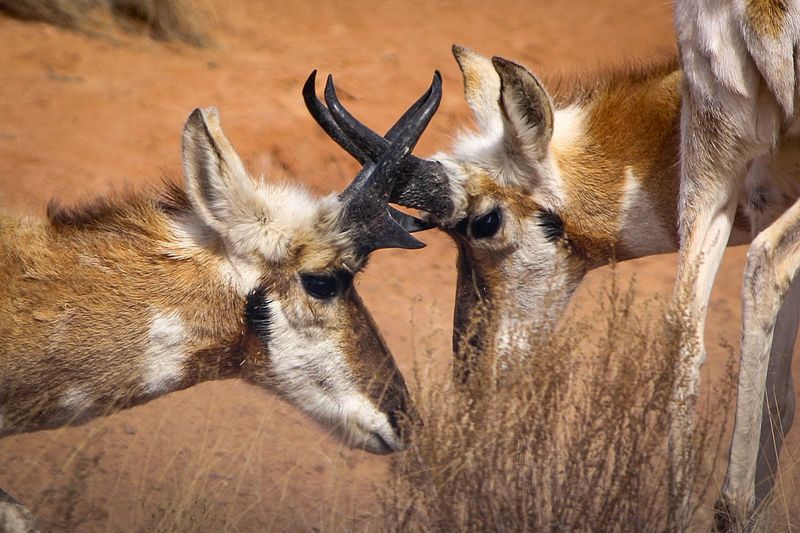
Pronghorns aren’t true antelopes but a unique species found nowhere outside North America. Capable of sustaining speeds of 55 mph, they’re the second-fastest land animal on Earth, evolved to outrun predators that went extinct 10,000 years ago.
Their oversized hearts, lungs, and windpipes allow for incredible oxygen intake during high-speed runs. Unlike deer, pronghorns shed and regrow their horn sheaths annually, not their entire horns.
7. Prairie Dog
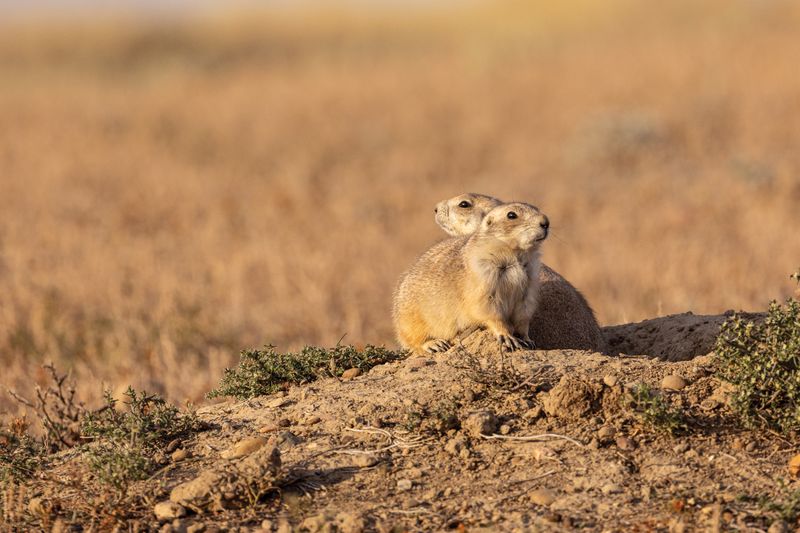
Prairie dogs create the most complex animal language ever studied. Scientists have documented specific calls for different predators, including descriptions of size, color, and even what clothing human observers wear!
Their underground towns can span hundreds of acres with specialized chambers for sleeping, storing food, and raising young. Far from simple rodents, prairie dogs are ecosystem engineers whose burrows aerate soil and create habitat for dozens of other species.
8. Ferruginous Hawk

As the largest hawk in North America, the ferruginous hawk rules the Great Plains skies with a wingspan reaching nearly 5 feet. Their name comes from the Latin word for rust, describing their rich reddish-brown back and shoulders.
Masters of energy conservation, these hawks can hover motionless in prairie winds while scanning for prey. Unlike most raptors, they’ve adapted to hunt cooperatively in family groups, working together to flush out ground squirrels and prairie dogs.
9. Plains Spotted Skunk
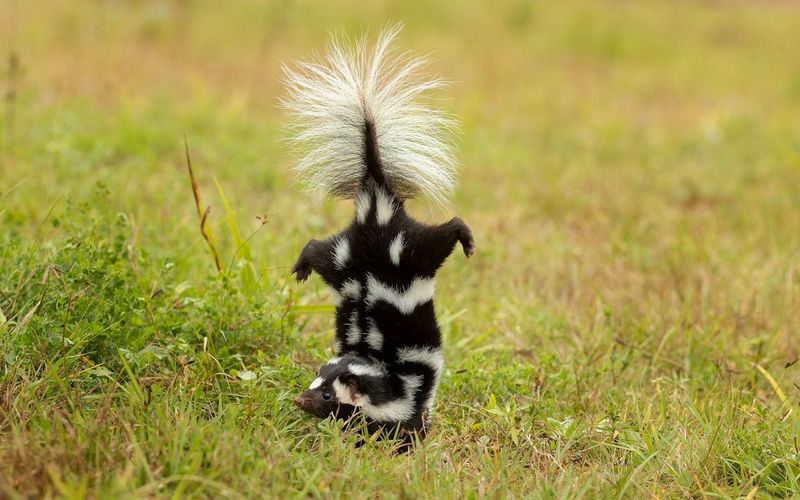
Before spraying their infamous defensive musk, plains spotted skunks perform an elaborate warning handstand. They balance on front paws with tail high in the air, stomping and hopping sideways to intimidate potential threats.
Unlike their striped cousins, spotted skunks are agile climbers who readily scale trees to raid bird nests. Their complex spotted pattern breaks up their outline in moonlight, making them nearly invisible to predators during their nighttime hunts.
10. Lesser Prairie Chicken

Male lesser prairie chickens gather at communal display grounds called leks, where they inflate bright red air sacs and erect feathered pinnae that resemble rabbit ears. Their bizarre gobbling calls and frantic foot-stomping create mini dust storms visible from great distances.
These specialized birds need undisturbed prairie to survive and have declined by 97% since the 1800s. Their conservation status recently changed to endangered as drought and habitat loss continue to threaten remaining populations.
11. Plains Hog-Nosed Snake

When threatened, the plains hog-nosed snake puts on one of nature’s most dramatic performances. First, it flattens its head and hisses loudly, mimicking a venomous cobra despite being completely harmless to humans.
If this bluff fails, the snake rolls onto its back, convulses dramatically, and hangs its tongue out while playing dead. This Oscar-worthy performance includes releasing a foul-smelling musk and refusing to right itself even when physically turned over.
12. Franklin’s Ground Squirrel
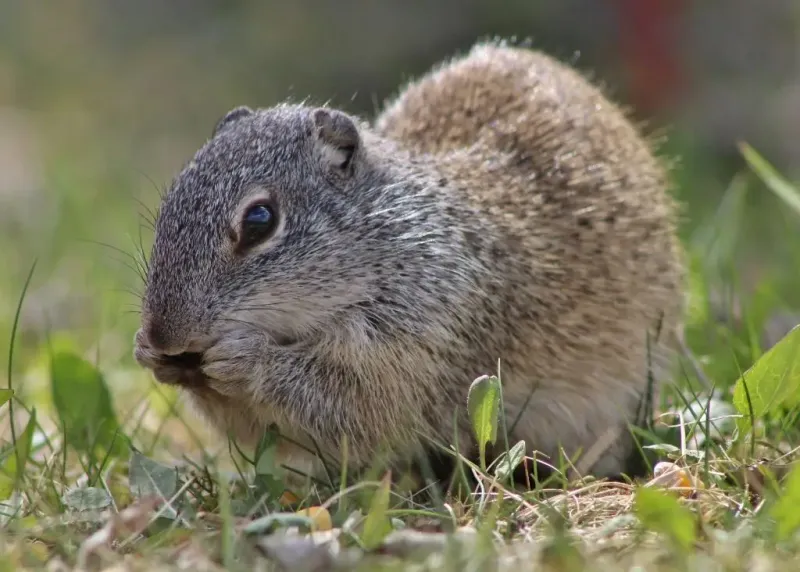
Franklin’s ground squirrels live double lives as both predator and prey. While they munch on seeds and berries, they also actively hunt birds, mice, and even other squirrels, making them one of the most carnivorous members of the squirrel family.
These secretive creatures spend 90% of their lives underground or hidden in tall grass. Unlike most ground squirrels, they’re solitary and territorial. Their superb memory allows them to recover cached food months after hiding it, even under snow.
13. Ornate Box Turtle
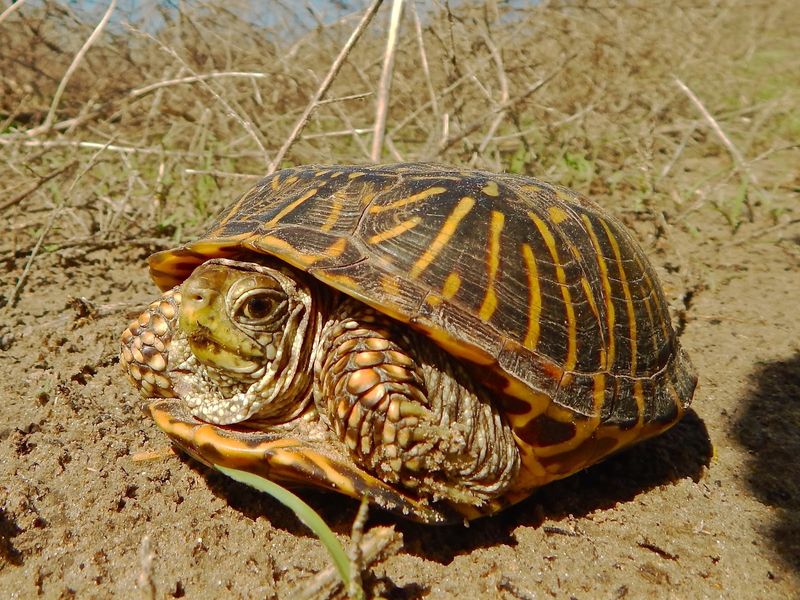
Ornate box turtles carry their own personal fortresses on their backs, complete with a hinged plastron that closes tight when danger threatens. Their shells feature striking yellow lines radiating across a dark background, creating a natural work of art.
Surprisingly well-adapted to prairie life, these turtles can survive prairie fires by burrowing into soil. Their powerful sense of home keeps them within about 250 yards of their birthplace for their entire 50-year lifespan.
14. Plains Harvest Mouse
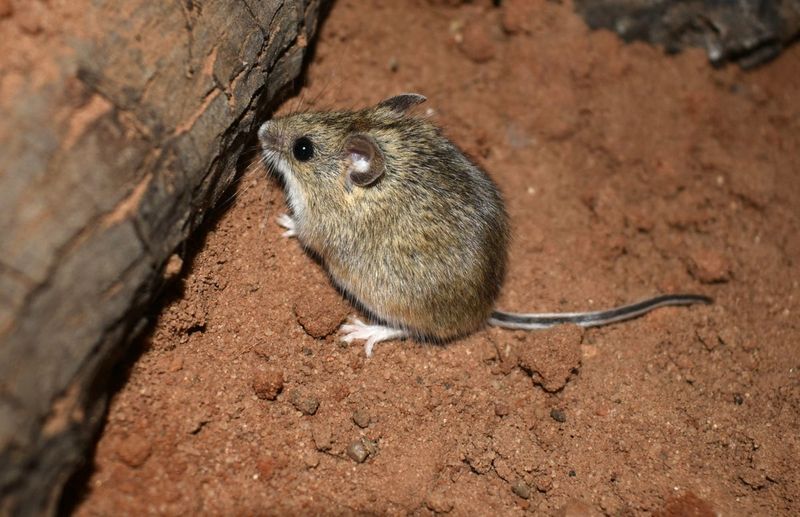
Though tiny enough to fit in a teaspoon, plains harvest mice construct elaborate above-ground nests that resemble miniature woven baskets. Using their teeth and paws, they meticulously weave living grass blades into baseball-sized shelters suspended above the ground.
Unlike most mice, they possess semi-prehensile tails that function like a fifth limb for balance when climbing grass stems. Their specialized diet includes grass seeds too small for larger animals to utilize, making them vital seed dispersers across the plains.
15. Regal Fritillary Butterfly
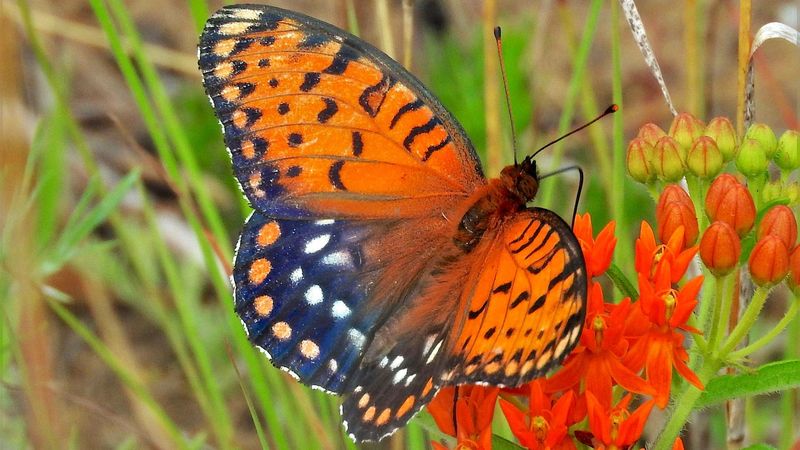
With wings spanning three inches and adorned in velvety black with iridescent purple and orange spots, the regal fritillary truly lives up to its royal name. Once common throughout the Great Plains, this magnificent butterfly has vanished from 99% of its eastern range.
Female fritillaries show remarkable maternal care, laying eggs only near specific prairie violets that their caterpillars require. Adults feed exclusively on native prairie flowers, making them perfect indicators of healthy, undisturbed grassland ecosystems.

